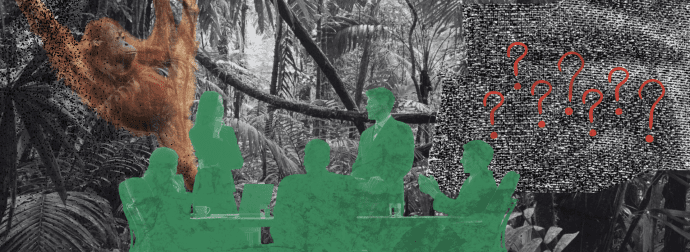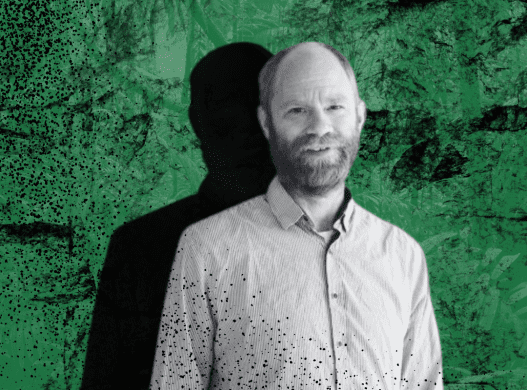The habitants of the forest
According to the Associated Press (AP), tens of thousands of miners and traders in recent months have flooded into parts of the Ankeniheny-Zahamena Corridor, a nearly 1-million-acre rainforest in the island nation, cutting down thousands of acres of forest to mine for gems beneath.
These forests, according to Madagascar’s environment ministry, are home to 14 endangered species of lemur and more than 2,000 species of plants found nowhere else. Conservation International (CI) has helped to manage this area since 1996, working with local communities and the government to reduce illegal logging and “slash-and-burn” agriculture, the two most common drivers of deforestation there.
The living conditions for the region's people
Now, the recent “sapphire rush” poses a far more urgent and destructive threat — not just to forests but to people in Madagascar, one of the poorest countries in the world. As Tokihenintsoa Andrianjohaninarivo, a scientist with CI-Madagascar, told Australian news site The Conversation in November, the adverse effects of an unregulated mining rush can last for years: “Insecurity increases, the cost of living rises, and the education of a generation of kids may be damaged as schools close,” she said. “Water becomes polluted as there are suddenly thousands of new people living in an area with no sanitation facilities.”
Madagascar is one of the top global producers of sapphires, most of which are mined by small-scale, informal or “artisanal” miners, who are loosely regulated. “You have all these small-scale, wild west operations,” a gem expert told AP. “Everything’s pretty much illegal. There’s no oversight, no taxes. It’s chaos.”
200.000 miners are already in the area
According to AP, local officials believe the number of miners in the area could be as high as 200,000 and said they worry that if mining continues unabated, it could further degrade the region’s forests: In November, a group of about 500 miners reportedly ventured farther into the protected area to mine for gems.
The protected forest protects
Not just a harbor for endemic biodiversity — species that exist there and nowhere else — the country’s forests are vital to providing ecosystem services such as climate regulation, flood control and coping with impacts from extreme weather events, such as Cyclone Giovanna, which devastated parts of the country in 2012. Efforts to protect the country’s forests in recent years have included high-tech solutions such as the deployment of satellite monitoring to prevent human-caused wildfires.
Statement from Conservation International on the situation in Madagascar
“Conservation International has worked in Madagascar for over 20 years, helping communities there protect nearly 400,000 acres of rainforest for the benefit of the people of Madagascar. The forest is home to approximately 325,000 people and provides services such as clean water, dependable food sources and sustainably harvested materials that millions of people depend on for their well-being. The illegal sapphire mining threatens these essential services by bringing deforestation and destruction and no meaningful benefit to the community. Much like other illegal activity elsewhere in the world, like the poaching of wildlife, this mining activity does not benefit the people Madagascar. They are only left with the destruction and depletion of their natural resources. Conservation International is committed to our work in this area and we are asking our partners in the government to step up their efforts to put an end to this illegal activity,” said Daniela Raik, Ph.D., senior vice president and managing director of Conservation International’s Betty and Gordon Moore Center for Science.














